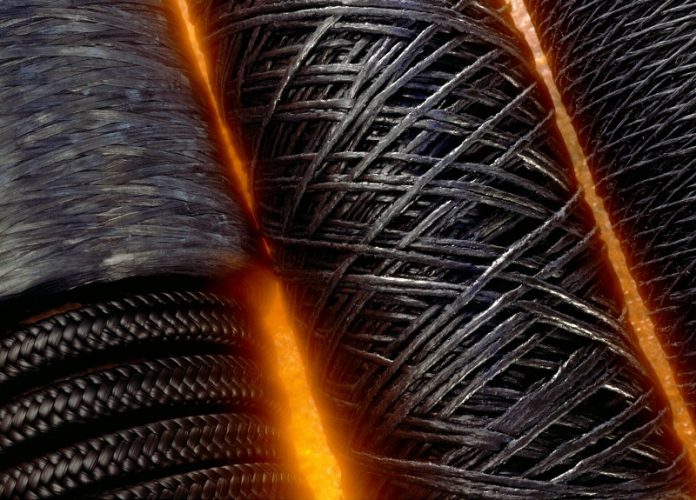
Carbon fiber is a super-strong, lightweight material used in everything from airplanes and wind turbines to sports equipment and medical devices.
But there’s a big problem—it’s expensive to make. That could change thanks to a new discovery by researchers at King Abdullah University of Science and Technology (KAUST) in Saudi Arabia.
The team has found a way to create high-quality carbon fiber using low-value leftovers from crude oil refining.
These leftovers, usually treated as waste, could now be used to make strong, affordable carbon fiber.
“Crude oil isn’t just for fuel—it can be used in smarter ways,” said Edwin Guevara Romero, one of the researchers. “Using the heavy oils left behind after refining is a smart, high-value use of oil and supports new ways to grow the economy.”
The traditional material used to make carbon fiber is called polyacrylonitrile (PAN). It works well, but it’s costly and raises the final price of carbon fiber. So, scientists have been searching for cheaper alternatives.
In this study, the KAUST team focused on two thick, hard-to-process parts of oil called asphaltenes and resins. Past attempts to use asphaltenes alone didn’t work well—the material was hard to spin into fibers and gave low yields after heating.
But the researchers found that when asphaltenes are blended with resins, the mixture becomes much easier to work with.
It flows better, needs less heat during processing, and results in stronger fibers that break less often. Most importantly, they got a higher yield—meaning more carbon fiber is made from the same amount of material.
“The properties of the carbon fibers we made are similar to commonly used fibers that are strong enough for many important uses,” said Guevara.
This method could give new life to oil waste. Instead of using these oil leftovers only for cheap products like road asphalt, they could now be used to create high-performance materials. What’s left after extracting the asphaltenes and resins could also be turned into cleaner fuels or valuable chemicals, making the process even more efficient.
The team is now working with Saudi Aramco to scale up production and further improve the material. Their goal is to create carbon fiber that’s strong, light, low-cost—and made right in Saudi Arabia for global use.
“This discovery could lead to a competitive new product for Saudi Arabia and help reduce the cost of carbon fiber around the world,” said project leader Mani Sarathy.



